Feeling stiff, sore, or constantly battling muscle tension? You're not alone. Modern lifestyles—long hours at desks, repetitive movements, and stress—can lead to tightness in the fascia, the connective tissue surrounding your muscles. Enter myofascial release: a simple, effective self-care technique that can help melt away tension, improve mobility, and boost recovery—all in just 10 minutes a day.
This beginner-friendly guide walks you through everything you need to know to start myofascial release safely and consistently, including practical steps, tracking tools, and motivation tips to keep you on track.
Myofascial release is a technique used to relieve tension and tightness in the fascia. When fascia becomes restricted due to injury, inflammation, or inactivity, it can cause pain and limit movement. By applying gentle, sustained pressure to the affected areas, you can help release these restrictions and restore normal tissue function.
Unlike deep tissue massage, myofascial release focuses on slow, mindful pressure rather than aggressive kneading. It’s safe to do at home with simple tools and requires no prior experience.
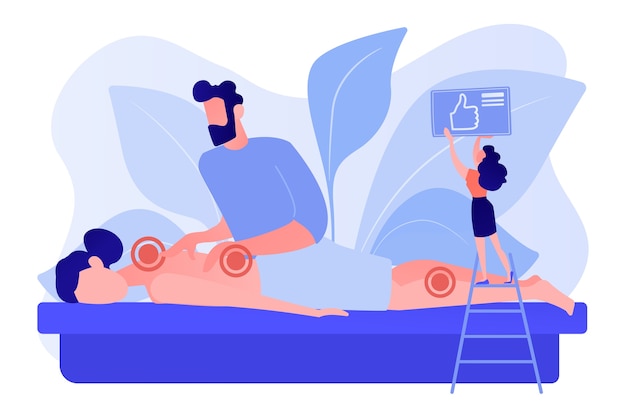
You don’t need hours to see results. Just 10 focused minutes a day can make a noticeable difference. Here’s a simple daily plan to get you started:
Place a small massage ball between your shoulder and a wall. Gently lean into it and slowly move your body to locate tight spots. Hold for 30–60 seconds on each tender point, breathing deeply.

Sit on the floor with a foam roller placed horizontally under your lower back. Support your head with your hands and gently roll up and down a few inches, focusing on tight areas. Avoid rolling the lower spine directly.
Sit with legs extended and place a foam roller under your calves. Lift your hips slightly off the ground and roll from ankle to knee. For deeper pressure, cross one leg over the other.
Consistency is key. Use these simple tracking methods to stay motivated:
Starting is easy—sticking with it is the challenge. Try these motivation boosters:
Myofascial release isn’t a miracle cure, but it’s a powerful tool for everyday wellness. With just 10 minutes a day, you can support your body’s natural healing, reduce discomfort, and move with greater ease. The key is consistency, mindfulness, and listening to your body.
Start small, track your journey, and celebrate your progress. Your body will thank you.

Wellness

Wellness

Wellness

Wellness

Wellness
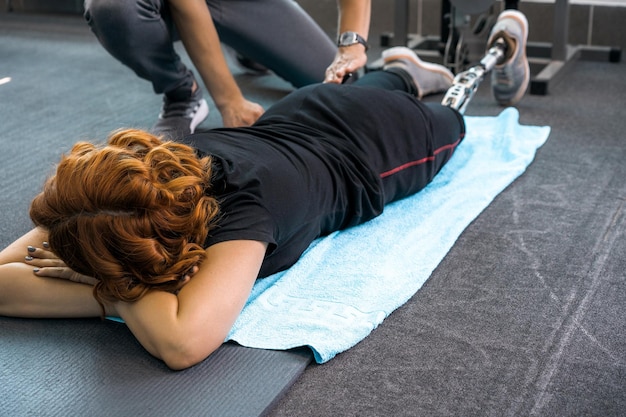
Fitness
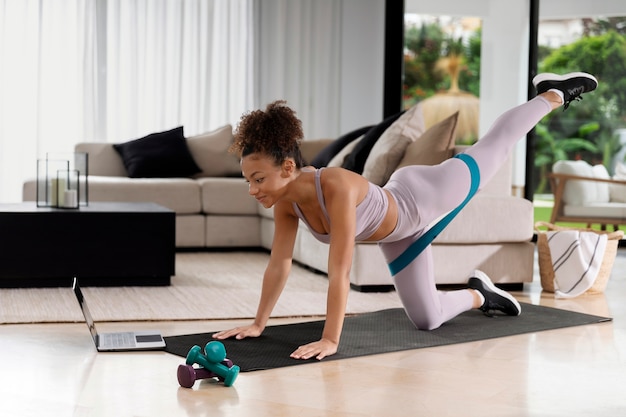
Fitness

Fitness
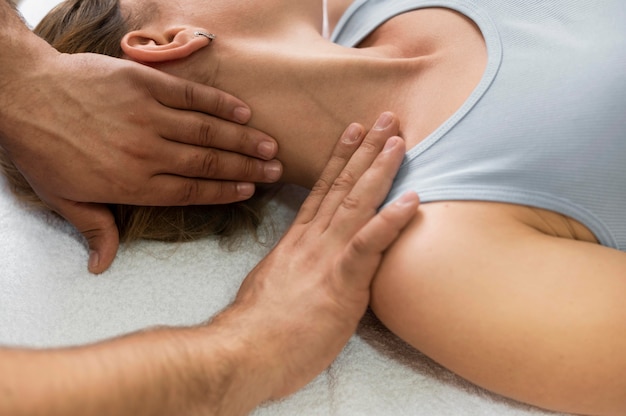
Wellness

Wellness

Fitness
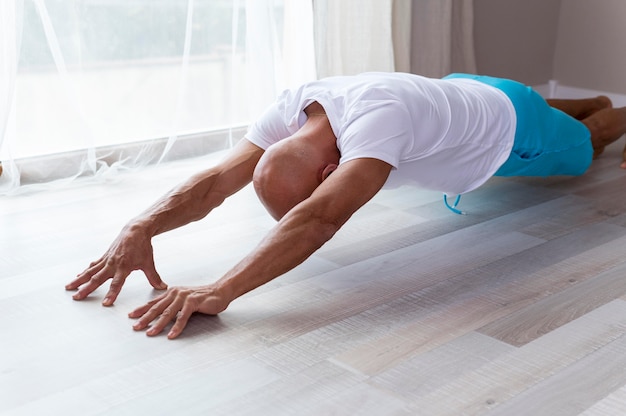
Wellness

Health

Fitness

Health

Health